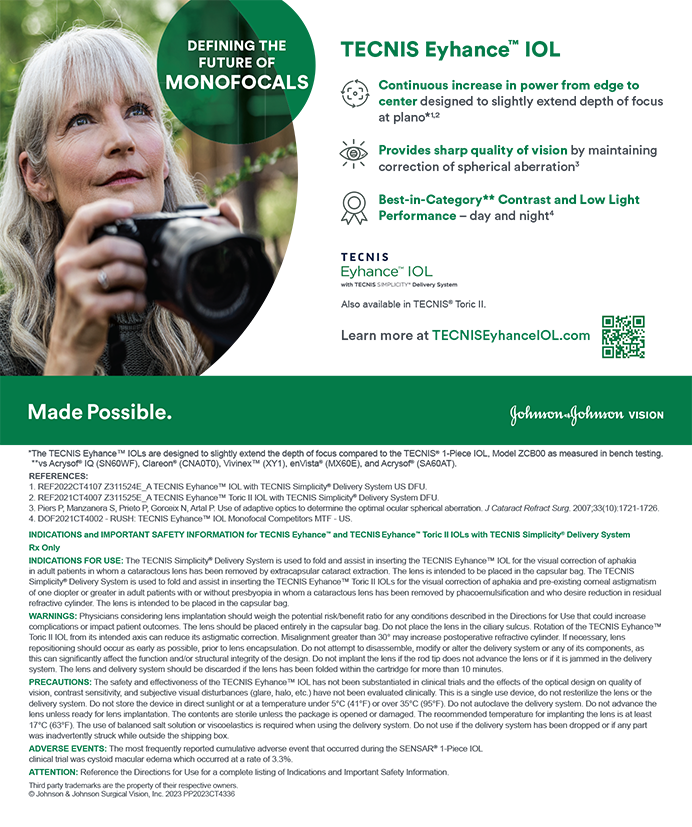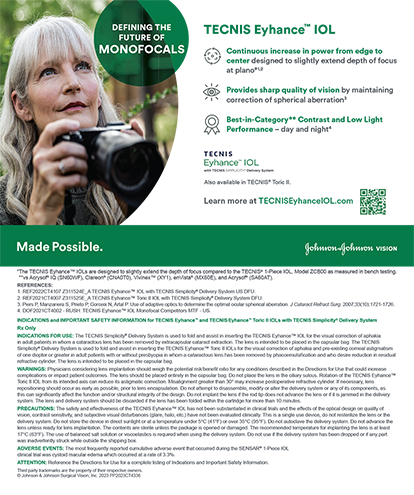Tornado chasing. Race car driving. Hot-air ballooning. Spelunking. Cattle driving. Heli-hiking. Puffin birding. White-water rafting. What these activities have in common is that they are all adventures available to you (for a fee).1 Consumers are gravitating toward (and willing to pay for) experiences, a distinct economic offering that is emerging in the same fashion that services did while on its way to overtaking manufacturing as the predominant form of economic activity in the US.2
Another common element of these activities is that their names, like many words used to describe experiences, end in "ing." Businesses are increasingly seeking to enhance the experiential dimension of their goods and services, recognizing that there is greater ability to differentiate an offering based on customer usage than on the good itself. For example, auto manufacturer Infiniti (Nissan Motor Co., Ltd., Tokyo, Japan) has put marketing emphasis on owning one of its vehicles, as evidenced by its trademarking the phrase "Total Ownership Experience." Beverage maker Jones Soda Co. (Seattle, WA) brought an entirely new dimension to soda drinking by allowing customers to order personalized six-packs with the customer's photo on the label.
ING THE THING
There's a technique available to inspire you refractive surgeons to rethink how your patients experience every aspect of the refractive surgery process. It is called "ing the thing" from the book, The Experience Economy.2 Authors Pine and Gilmore describe how changing common words from an industry or category by adding "ing" to them forces you to think more richly about the experiences you might stage for your customers. It doesn't take long to build a list that applies: phoning, informing, arriving, educating, counseling, testing, celebrating, and so on. Each of these different steps in the process can be analyzed for shortcomings, and ultimately, one can be selected as the most neglected opportunity for improvement.
A second step in the exercise is to invent words that might describe what happens in the refractive surgery process. For example, the iPod (Apple, Cupertino, CA) gave rise to the new word podcasting to describe one of the experiences available when using the device. You and your staff should brainstorm new words that might spark some great new experience for your patients and practice.
AUTHOR'S CHOICE
I find it ironic that perhaps the most neglected experience for LASIK patients may be "seeing." LASIK (the product) performed by the surgeon (as a service) improves vision. However, most providers pay little attention to patients' perception of their surgical outcome and its impact on their life (usage). A colleague at a recent meeting put it this way when explaining why cosmetic surgery is booming while LASIK seems flat: "People are willing to pay more for how the world sees them than for how they see the world." (Tom Harrington; oral communication; IntraLase Marketing Users Meeting, Las Vegas, NV, November 9, 2006.)
That sentiment clearly indicates a neglected opportunity to improve the post-procedure experience and help your customers develop a keener sense of appreciation for the impact of refractive surgery on their daily lives.
In terms of new words to describe the LASIK experience, I've come to view the procedure as "life enabling," because it is through improved vision that patients gain a greater sense of control, confidence, and independence in the world. Those emotional benefits translate into being able to experience life more fully—perhaps so much so as to be willing to try a great adventure. Olympic bobsledding, anyone?
Shareef Mahdavi works with leading medical device manufacturers and providers to increase demand for elective medical procedures. Mr. Mahdavi may be reached at (925) 425-9900.


